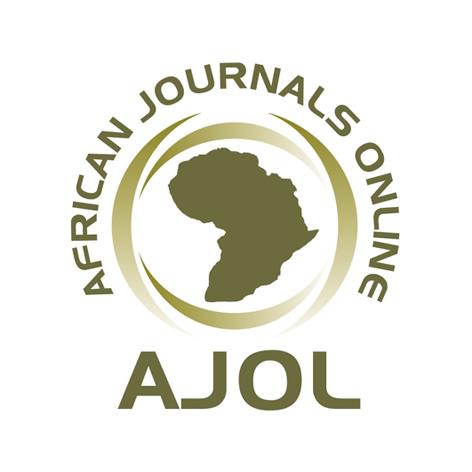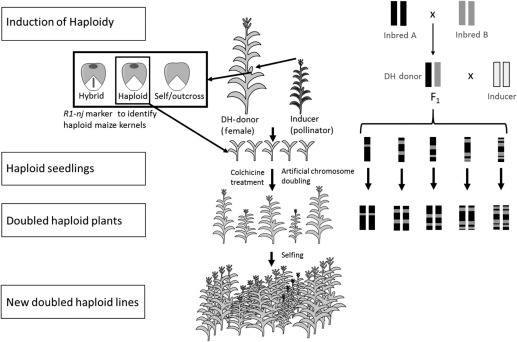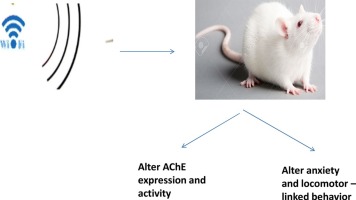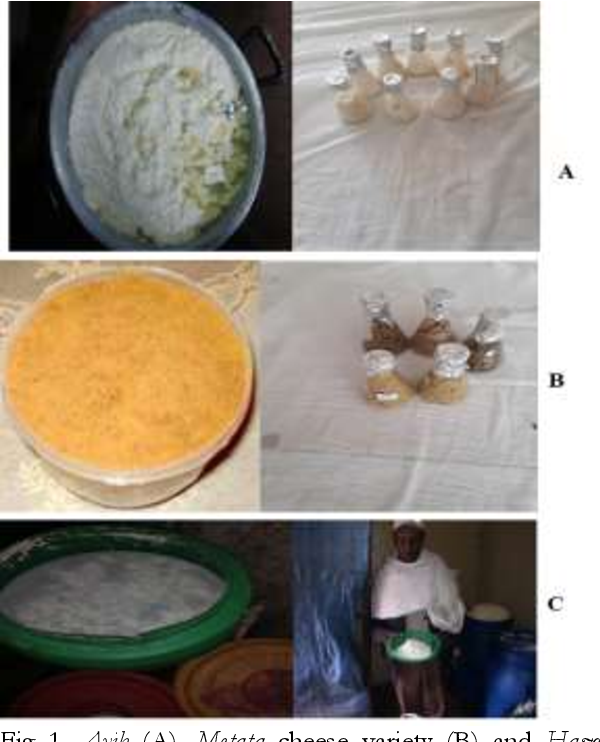Estimating Surface Water Inflow into Lake Lego, a Closed Basin in Northeastern Ethiopia
Downloads
Background: A surface water hydrologic characteristic of closed drainage basin of Lake Lego is not yet well-known amid constant reductions in depth and area over the last 72 years.
Objective: Predicting the amount of surface water inflow into the terminal Lake Lego and evaluating its impacts on Lake Morphometric parameters.
Materials and Methods: Weather (daily precipitation, minimum and maximum temperature), geospatial image (digital elevation model and land use and cover), physical and chemical soil characteristics and existing land management data were used. Soil and Water Assessment Tool and ArcGIS computer models were used for the analyses.
Results: The basin generated 304.3 mm of average annual surface runoff while the contribution of the baseflow was only 91.8 mm of water. In aggregate, the basin contributed an average surface water inflow of 21,984,159 m3 y–1 during the simulation period. The trend in precipitation was insignificant for the duration of analysis while the lake water volume has been reducing at the rate of 2,817,680 m3 y–1 for the same period. The declining lake water was affecting Lake Morphometric parameters. The depth, surface
area, and volume of the lake were shrinking at the rate of 0.128 m y–1 , 3.8 ha y –1 and 0.29% y–1 , respectively. The water residence time of the lake was estimated as 45 years.
Conclusion: The results of the study revealed the contribution of surface water inflow into the lake and its impacts on depth, area and volume of the lake. The findings provide valuable information for policy development and decision making for implementation of integrated water resource management in the watershed and enhance streamflow into the lake.
Baxter, R.M. and Golobitch, D.A. 1970. A Note on the limnology of Lake Hayq, Ethiopia. Limnology and
Oceanography, 15: 144–148.
Darbyshire, I., Lamb, H. and Mohammed Umer. 2003. Forest clearance and regrowth in Northern
Ethiopia during the last 3,000 years. The Holocene,
: 537–546.
DegefieTibebe and Woldeamlak Bewket. 2011. Surface runoff and soil erosion estimation using SWAT model in the Keleta watershed, Ethiopia. Land degradation and development, 22 (6: 551–564.
Douglas, G.E., Aldo, V.V. and Ann, L.D. 2005.
Evaluation of Drainage-Area Ratio Method used to
Estimate Streamflow for the Red River of the
North Basin in North Dakota and Minnesota.
Reston, Virginia.
http://www.usgs.gov/publication/ sir/20055017.
Accessed on 11 August 2019.
Emerson, D.G. and Dressler, V.M. 2002. Historic and unregulated monthly streamflow for selected sites in the Red River of the North Basin in North Dakota, Minnesota and South Dakota. Reston,
Virginia. http://agris.fao.org/agrissearch/search.do. Accessed on 21 June 2020.
FAO (Food and Agricultural Organization). 2000. Land
covers classification System: Classification Concept
and User Manual. FAO/WFP. Rome.
https://www.fao.org/3/x0596e/x0596e00.htm.
Accessed on 15 December 2019.
FAO (Food and Agricultural Organization). 2006.
Guidelines for soil description. World Soil
Resources Reports, Land and Water Division.
FAO, Rome. Pp. 110.
Gassman, P.W., Reyes, M., Green C.H. and Arnold, J.G.
The Soil and Water Assessment Tool
historical development, applications, and future
directions. Transaction of the American Society of
Agricultural and Biological Engineers, 50: 1211−1250.
Ghinassi, M., D'Oriano, F., Benvenuti, M., Awramik, S.,
Bartolini, C., Fedi, M., Ferrari, G., Papini, M., Sagri,
M. and Talbot, M. 2012. Shoreline fluctuations of
Lake Hayk (northern Ethiopia) during the last 3500
years. Palaeogeography, Palaeoclimatology, Palaeoecology,
: 209−226.
Haan, C.T., Barfield, B.J. and Hayes, J.C. 1994. Design
Hydrology and Sedimentology for Small Catchments. 1st
edition. Academic Press, San Diego. Pp. 603.
Hargreaves, G.L., Hargreaves, G.H. and Rile, J.P. 1985.
Agricultural benefits for Senegal River Basin.
Journal of Irrigation and Drainage Engineering, 111:
−124.
Hassen Mohammed, Assefa Mekonen, Gete Zeleke and
Tena Alamirew. 2016. Streamflow prediction
uncertainty analysis and verification of SWAT
model in a tropical watershed. Environmental Earth
Sciences, 75: 1‒16.
Hassen Mohammed, Mohammed Assen, Assefa Mekonen
and Tena Alamirew. 2015. Detecting land use/land
cover changes in the Lake Hayq (Ethiopia) drainage
basin, 1957–2007. Lakes Reservoir Research and
Management, 20: 1–18.
Hassen Mohammed, Tena Alamirew, Assefa Mekonen
and Mohammed Assen. 2013. Bathymetric study of
Lake Hayq, Ethiopia. Lakes Reservoir Research and
Management, 18: 155–165.
Hurni, H. 1986. Guidelines for Development Agents on
Soil Conservation in Ethiopia, 1st edition.
Community Forests and Soil Conservation
Development Department, Addis Ababa. Pp. 100.
Hurni, H., Kebede Tato, and Gete Zeleke. 2005. The
Implications of changes in population, land use and
land management for surface runoff in the Upper
Nile Basin of Ethiopia. Journal of Mountain Research
and Development, 25: 147−154.
ILEC (International Lakes Environment Committee
Foundation). 2005. Managing lakes and their basins
for sustainable use. A report for lake basins
managers and stakeholder, Kusatsn. Pp. 166.
Lamb, H.F., Leng, M.J., Telford, R.J., Tenalem Ayenew
and Mohammed Umer. 2007. Oxygen and carbon
isotope composition of antigenic carbonate from
an Ethiopian lake, a climate record of the last 2,000
years. The Holocene, 17: 515−524.
Lemann, T., Gete Zeleke, Amsler, C., Giovanoli, L., Suter,
H. and Roth, V. 2016. Modeling the effect of soil
and water conservation on discharge and sediment
yield in the upper Blue Nile Basin, Ethiopia. Applied
Geography, 73: 89−101.
Molla Demlie, Tenalem Ayenew and Wohnlich, S. 2007.
Comprehensive hydrological and hydrogeological
study of topographically closed lakes in highland
Ethiopia. The case of Hayq and Ardibo. Journal of
Hydrology, 339: 145–158.
Neitsch, S.L., Arnold, J.G., Kiniry, J.R. and Williams, J.R.
Soil and Water Assessment Tool Theoretical
Documentation, version 2009, Texas A and M
University College Station. Pp.618.
NRCS (Natural Resource Conservaation Service). 2007.
National Engineering Handbook. Washington,
DC, USA. http://directives.sc.egov.usda.gov/.
Accessed on 12 August 2011.
Nyssen, J., Poesen, J., Moeyersons, J., Deckers, J., Haile,
M. and Lang, A. 2004. Human impact on the
environment in the Ethiopian and Eritrean
highlands−A state of the art. Earth Science Reviews,
: 273–320.
Sahlemedihn Sertse and Taye Bekele. 2000. Procedures for
soil and plant analysis.1st edition. Technical paper,
No. 74, National Soil Research Center, Addis
Ababa. Pp. 110.
Saxton, K.E. and Rawls, W.J. 2006. Soil water
characteristic estimates by texture and organic
matter for hydrologic solutions. Journal of American
Soil Science Society, 70: 1569−1578.
Schäfer, M., Dietrich, O. and Mbilinyi, B. 2016.
Streamflow and lake water level changes and their
attributed causes in Eastern and Southern Africa,
state of the art review. International Journal of Water
Resources Development, 32: 853‒880.
SCRP (Soil Conservation Research Project). 2000. Area of
Maybar, Wello, Ethiopia: Long-term Monitoring of
the Agricultural Environment 1981–1994. Centre
for Development and Environment, Berne,
Switzerland in association with the Ministry of
Agriculture, Addis Ababa, Pp. 90 pp.
SCS (Soil Conservation Service). 1972. Hydrology.
National Engineering Handbook.
https//directives.sc.egov.usda.gov/OpenNonWe
bContent.aspx?content=18393.wba. Accessed on
April 2009.
Sen, Z. 2012. Innovative trend analyses methodology.
Journal of Hydrologic Engineering, 17:1042‒1046.
Shimelis Gebrye, Dargahi, B., Srinivasan, R. and Assefa
Mekonen. 2010a. Modeling of Sediment Yield from
Angeni Guaged Watershed, Ethiopia Using SWAT
Model. Journal of American Water Resources Association,
: 514−526.
Shimelis Gebrye, Srinivasan, R., Assefa Mokonen and
Dargahi, B. 2010b. SWAT model application and
prediction uncertainty analysis in the Lake Tana
Basin, Ethiopia. Hydrologic Process, 24: 357−367.
Tibebe Tigabu, Hörmann, G., Wagner, P.D. and Fohrer,
N. 2018. Statistical analysis of rainfall and
streamflow time series in the Lake Tana Basin,
Ethiopia. Journal of water and climate change, 1: 1–17.
UNEP (United Nations Environmental Program). 2003.
Phyto–technologies–A technical approach in
environmental management. freshwater
management series.
https://wedocs.unep.org/20.500.11822/9159.
Accessed on December 26, 2020.
Walling, D.E. and Fang, D. 2003. Recent trends in the
suspended sediment loads of the world’s rivers.
Global Planet Change, 39: 111–125.
Williams, J.R. 1969. Flood routing with variable travel time
or variable storage coefficients. Transaction of
American Society of Agricultural Engineers, 12:
−103.
Williams, J.R. 1995. The EPIC Model. Pp. 909–1000. In:
Singh, V.P. (ed.). Computer models of watershed
hydrology. Highland Ranch publisher, CO. USA.
Winter, T.C. 1995. Hydrological Processes and the Water
Budget of Lakes. Pp. 37−62. In: Lerman, A.D.,
Imboden, M. and Gat, J.R. (eds.). Physics and chemistry of lakes. 1stedition, Springer, Berlin,
Heidelberg, Germany.
Wischmeier, W.H. and Smith, D.D. 1978. Predicting
rainfall‒erosion losses: A guide to conservation
planning. Agriculture Handbook No 282. USDAARS, Washington DC. Pp. 66.
Ye, X., Xu, C.Y., Li, X. and Zhang, Q. 2018.
Comprehensive evaluation of multiple methods for
assessing water resources variability of a lake–river
system under the changing environment. Hydrology
research, 48: 332−343.
Zalewski, M. and Robarts, R. 2003. Ecohydrology – A new
paradigm for integrated water resources
management. SIL News, Supplement, 40: 1–5
Copyright (c) 2022 Hassen Mohammed

This work is licensed under a Creative Commons Attribution-NoDerivatives 4.0 International License.
- I am authorized by my co-authors to enter into these arrangements.
- I warrant, on behalf of myself and my co-authors, that:
- the article is original, has not been formally published in any other peer-reviewed journal, is not under consideration by any other journal and does not infringe any existing copyright or any other third party rights;
- I am/we are the sole author(s) of the article and have full authority to enter into this agreement and in granting rights to Springer are not in breach of any other obligation;
- the article contains nothing that is unlawful, libellous, or which would, if published, constitute a breach of contract or of confidence or of commitment given to secrecy;
- I/we have taken due care to ensure the integrity of the article. To my/our - and currently accepted scientific - knowledge all statements contained in it purporting to be facts are true and any formula or instruction contained in the article will not, if followed accurately, cause any injury, illness or damage to the user.
- I, and all co-authors, agree that the article, if editorially accepted for publication, shall be licensed under the Creative Commons Attribution License 4.0. If the law requires that the article be published in the public domain, I/we will notify Springer at the time of submission, and in such cases the article shall be released under the Creative Commons 1.0 Public Domain Dedication waiver. For the avoidance of doubt it is stated that sections 1 and 2 of this license agreement shall apply and prevail regardless of whether the article is published under Creative Commons Attribution License 4.0 or the Creative Commons 1.0 Public Domain Dedication waiver.
- I, and all co-authors, agree that, if the article is editorially accepted for publication in Haramaya Journals, data included in the article shall be made available under the Creative Commons 1.0 Public Domain Dedication waiver, unless otherwise stated. For the avoidance of doubt it is stated that sections 1, 2, and 3 of this license agreement shall apply and prevail.












